Your basket is currently empty!
The Origins of St Patrick’s Day
Posted on
The Origins of St Patrick’s Day
What are the origins of St Patrick’s Day? As the patron saint of Ireland, it is of the belief that St Patrick was born in the late 4th century. He is of course credited with bringing Christianity to the country. It is said that he used the shamrock as a symbol to explain the holy trinity to the pagans. Hence its adoption as the national symbol of Ireland.
He is noted for having driven the serpents from Ireland, and it is likely that these ‘serpents’ were in fact symbols of the pagans, who commonly worshipped serpents. He is said to have converted warrior princes and chiefs to Christianity at Tara, abolishing the pagan rights of the druids. An account of St Patrick’s death, supposedly on March 17th, says that he ended his days in Glastonbury, Somerset. Certainly, it is true that a chapel in his honour exists at Glastonbury Abbey.
St Patrick’s day is a celebration of spiritual renewal. Its symbols include everything from the shamrock to the Irish colours of green and gold. To the many Irish settlers across the world with a pride in their Irish surname history, St Patrick’s Day has come to symbolise huge celebrations. These include parades, music and songs, Irish food and drink and of course Irish jokes.
Interested in your own Irish surname origins?


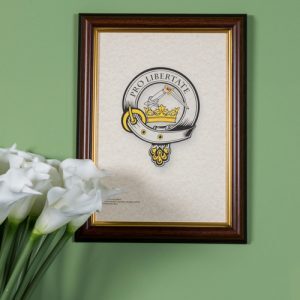
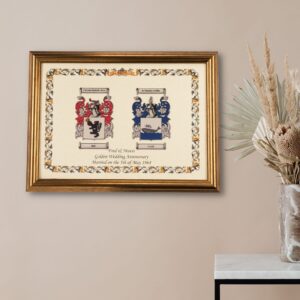
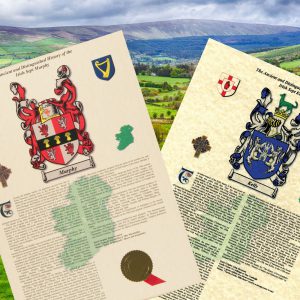

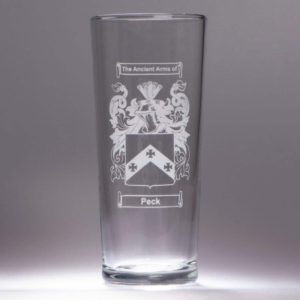
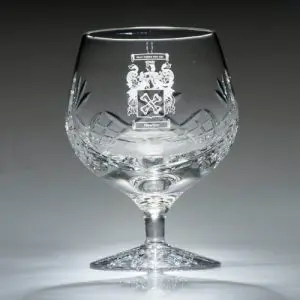


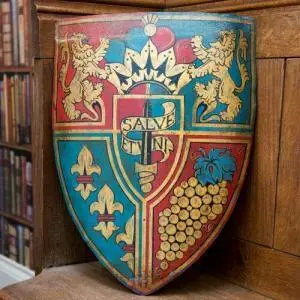
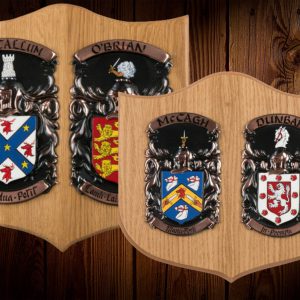
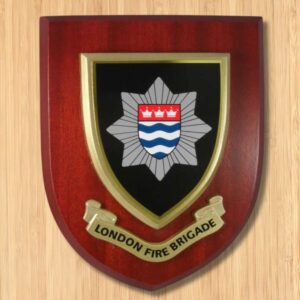
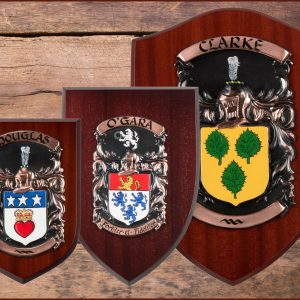
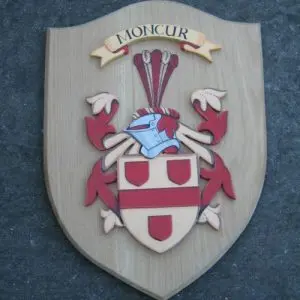


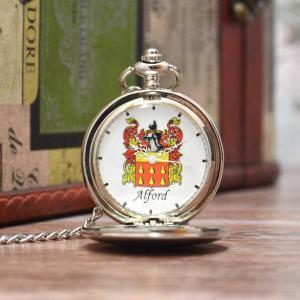
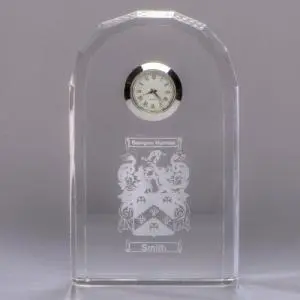


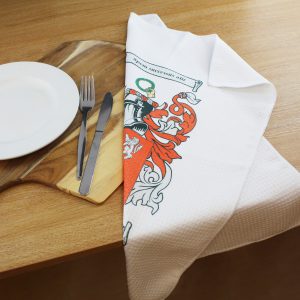
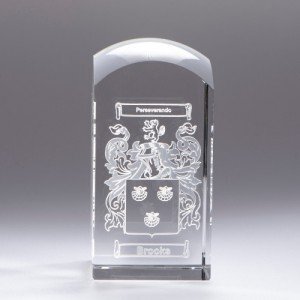


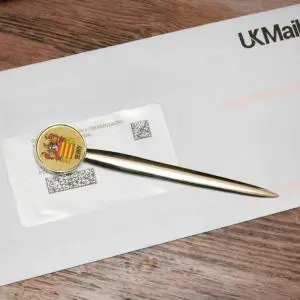
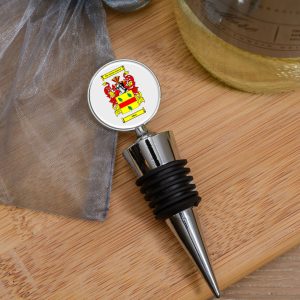

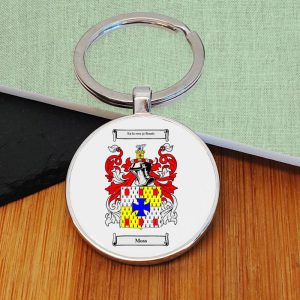
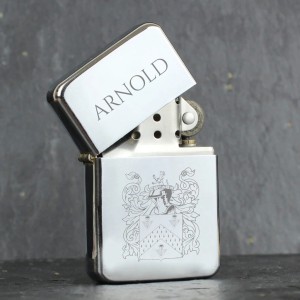



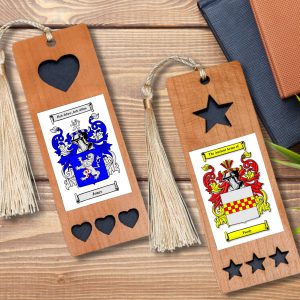



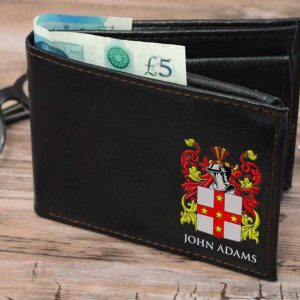

Leave a Reply